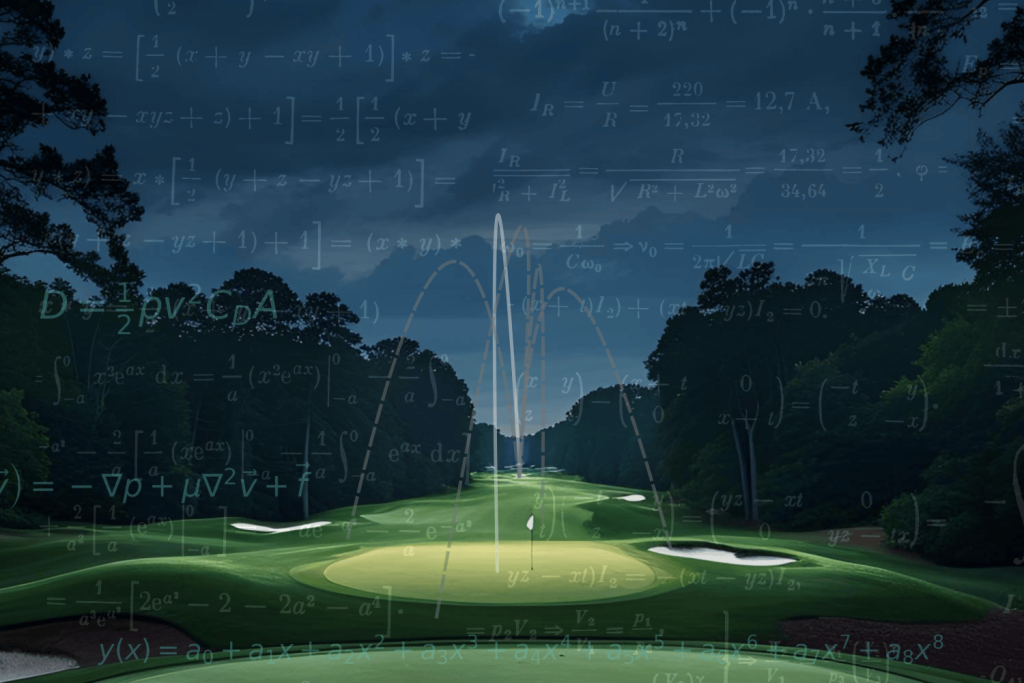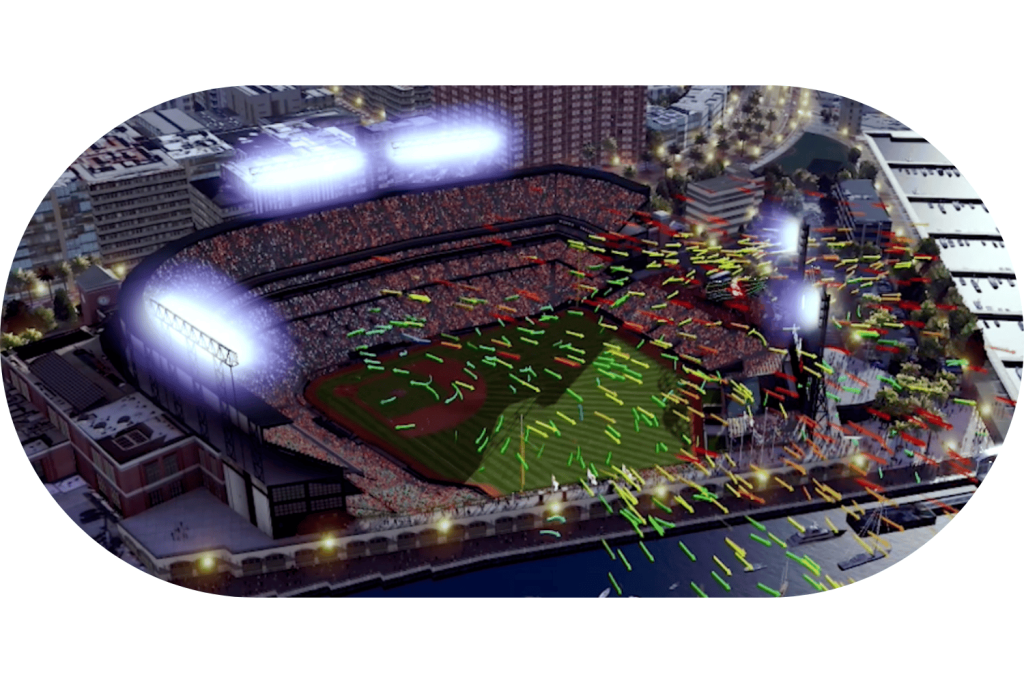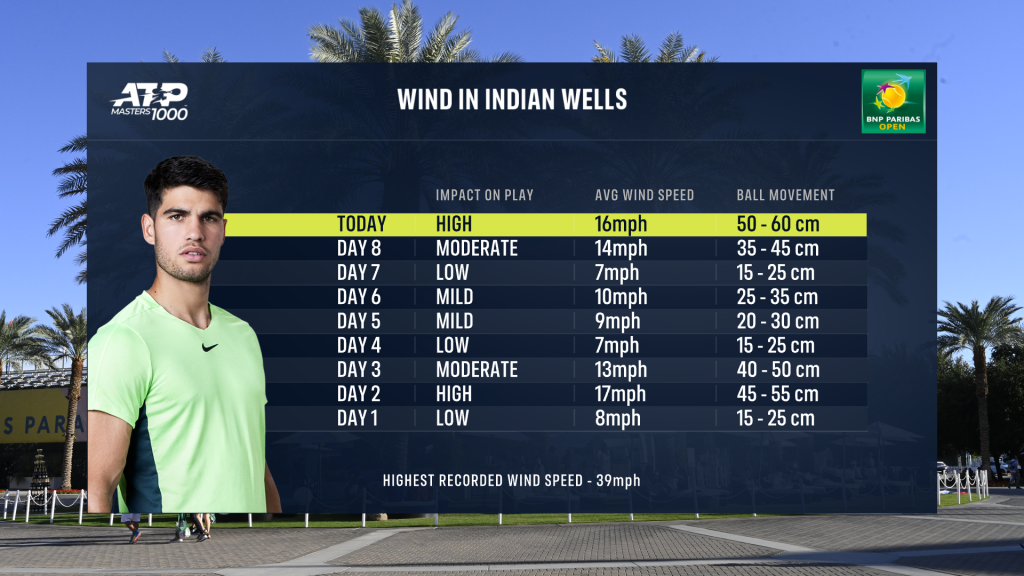
Analyzing the aerodynamics of sports and ball flight requires a foundational understanding of the physical forces acting on them in real-world environments. This article introduces the foundational science behind how weather affects ball flight through drag, spin, and fluid dynamics—laying the groundwork for a deeper understanding of the atmospheric effects on sports for coaches, athletes, analysts, broadcasters, and fans alike.

Drag, Magnus Effect, Boundary Layers
In basic physics, we learn Newton’s Laws of Motion: for the flight of a ball, there is an initial speed and angle, impacted only by the force of gravity pulling the ball downward forming a perfect parabolic arc. Newtonian mechanics tells us that any ball hit, kicked, or thrown at the same speed and angle should land in the same spot…
However, in the real world, atmospheric elements introduce aerodynamic forces like drag and the Magnus effect that significantly alter that parabolic trajectory.
At the core of ball flight physics are two key aerodynamic forces: drag and the Magnus effect.
These real-world effects, first studied by 19th-century scientists like Gustav Magnus, Navier, and Stokes, and later by researchers such as Dr. Alan Nathan and golf physicist Dr. Alastair Cochran, explain why actual ball flight can look so different from theoretical examples.
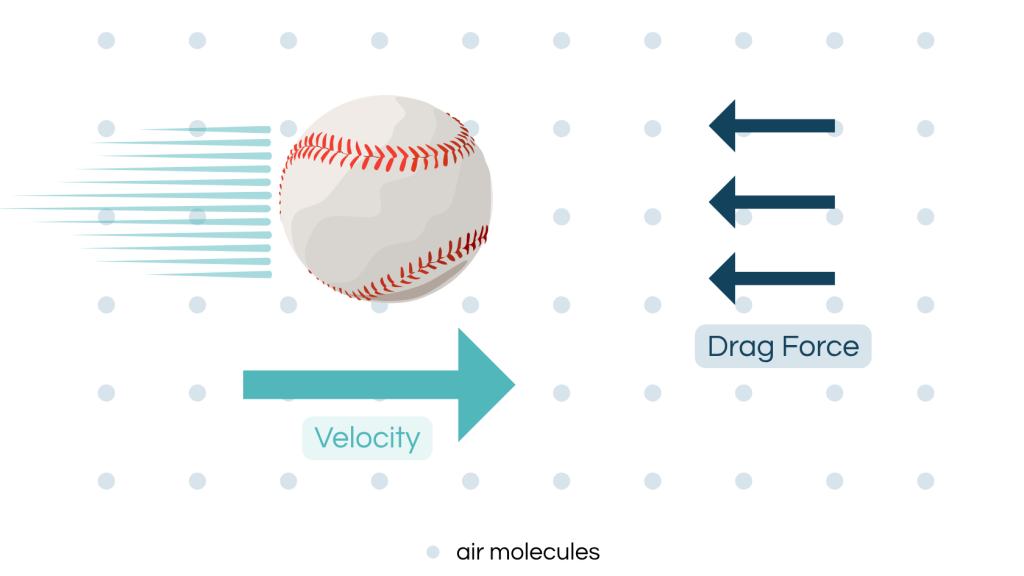
Understanding Drag
Drag is the aerodynamic force that resists a ball’s motion through the air — commonly known as air resistance. It depends on factors like air density and ball speed, surface texture, and shape. In real-world conditions, smoother and faster-moving balls experience increased drag. Rough features like golf ball dimples intentionally disrupt the boundary layer to reduce drag and help the ball travel farther.
The Magnus Effect and Spin-Induced Movement
The Magnus effect is the aerodynamic force that causes a spinning ball to curve, lift, or dive by creating pressure differences around it. The Magnus force is always perpendicular to the ball’s path and pushes in the direction that the front of the ball is spinning as it moves through the air.
Another way to conceptualize this is to imagine the ball spinning through the air and shedding air parcels in the direction opposite to the spin — similar to how a balloon zips around the room when released without being tied off. The expelled air acts like thrust in one direction, causing the ball to accelerate in the opposite. A backspinning ball (below), for example, pushes air downward (blue arrow) in its wake, which in turn creates an upward force (red arrow) that helps the ball stay aloft longer.
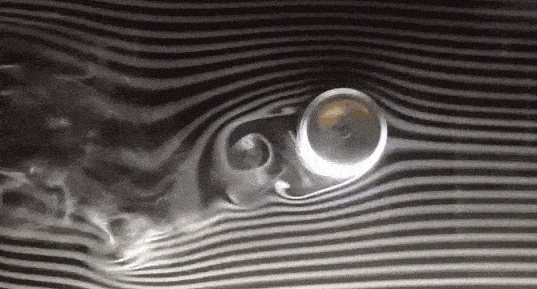
The Magnus force is what causes the curving motion we see in tennis topspin serves, baseball curveballs, and bending soccer free kicks, as it pushes the ball in the direction of its spin. The strength of the Magnus Effect depends on spin rate, velocity, and again air density; meaning weather conditions can noticeably alter how much a ball dips, bends, or lifts.
Boundary Layers and Seam Effects
Other secondary aerodynamic effects include boundary layer behavior, where a thin layer of air clings to the ball’s surface and is influenced by surface roughness. Seam effects specific to baseball can also occur, where the orientation of the seams creates asymmetric airflow that can add unpredictable movement to a pitch.
Air isn’t empty — it’s a dense fluid whose properties define how objects travel, spin, and move.
Air as a Playing Field
Because air is a fluid, its properties — including temperature, humidity, and pressure — directly affect its density and behavior, meaning that even small changes in the environment can alter the forces acting on the ball and ultimately influence how far, how fast, and how much the ball curves through the air.
Understanding Air Density
Air density is the mass of air per unit volume. It’s the composite variable influenced by temperature, humidity, pressure, and altitude. Each of these different atmospheric components contribute more or less to air density, and it’s the summation of these factors that directly impact what we experience. In a nutshell…
- Lower air density reduces both drag and Magnus forces: balls travel farther, better maintain velocity, but curve less due to Magnus effects.
- Higher air density increases both drag and Magnus forces: balls don’t travel as far, slow quicker, and exhibit more movement due to Magnus effects.
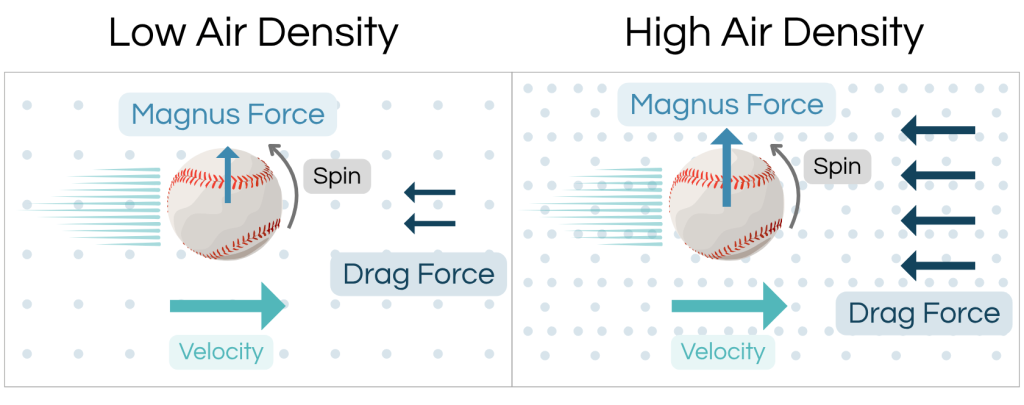
The same throw, hit, swing, pitch, or serve can yield radically different outcomes purely based on air density!
Why Weather Is a Player
The forces of drag, spin, and surface interaction shape every ball’s trajectory. While these forces originate in physics, their real-world impact is constantly shaped by the environment. And at the heart of all of it lies air density — the fluid playing field in which games are won and lost!
Key Takeaways:
- Air isn’t empty — it’s a dense fluid whose properties, especially air density, define how balls travel, spin, and move through space.
- Aerodynamic forces like drag and the Magnus effect respond directly to environmental changes, meaning the same action can yield different outcomes depending on weather conditions.
Click here to get our blog sent to your inbox, and follow us on X (Twitter) and BlueSky!
Learn more about Weather Applied Metrics.
